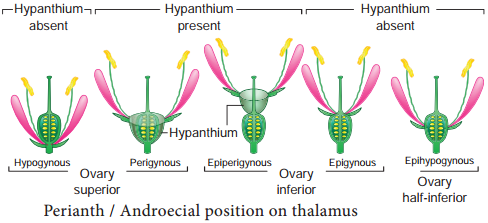Learninsta presents the core concepts of Biology with high-quality research papers and topical review articles.
Gynoecium – Definition, Types and its Structure
Gynoecium or pistil is the female reproductive part of the flower. A pistil consists of an expanded basal portion called the ovary, an elongated section called a style and an apical structure that receives pollen called a stigma. Ovary with stipe is called stipitate ovary.

Carpel:
They are components of a gynoecium. Gynoecium is made of one or more carpels. Carpels may be distinct or connate.
Number of Carpel
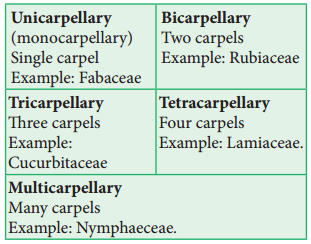
Fusion of Carpels
It is an important systematic character. Apocarpous gynoecium is generally thought to be ancestral condition in Angiosperms.
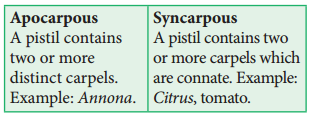
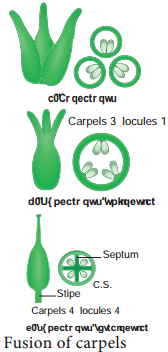
Number of Locules
Ovary bears ovules on a specialized tissue called placenta. A septum is a crosswall or partition of ovary. The walls of ovary and septa form a cavity called locule. Like that tetralocular and pentalocular ovaries are present according to the locule numbers four or fie. More than one locule ovaries are called plurilocular.
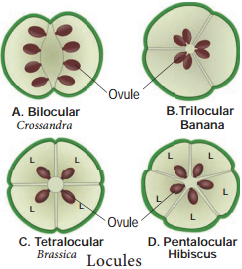
Extension of the Condensed Internode of the Receptacle
1. Anthophore:
The internodal elongation between calyx and corolla. Example: caryophyllaceae (Silene conoidea)
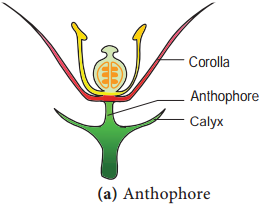
2. Androphore:
The internodal elongation between the corolla and androecium. Example: Grewia.
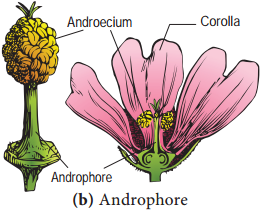
3. Gynophore:
The internodal elongation between androecium and gynoecium. Example: Capparis.
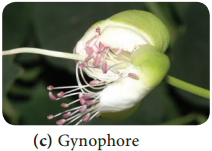
4. Gynandrophore or Androgynophore:
The unified internodal elongation between corolla and androecium and androecium and gynoecium. Example: Gynandropsis.
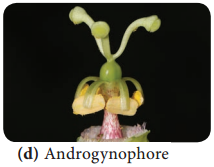
Ovary Position
The position or attachment of ovary relative to the other floral parts. It may be classified into
1. Superior Ovary:
It is the ovary with the sepals, petals and stamens attached at the base of the ovary.
2. Inferior Ovary:
It is the ovary with the sepals, petals and stamens attached at the apex of the ovary.
3. Half-inferior Ovary:
It is the ovary with the sepals, petals and stamens or hypanthium attached near the middle of the ovary.

Perianth/Androecial Position on Thalamus:
It describes placement of the perianth and androecium relative to the ovary and to a hypanthium, if present (Figure 4.25).
